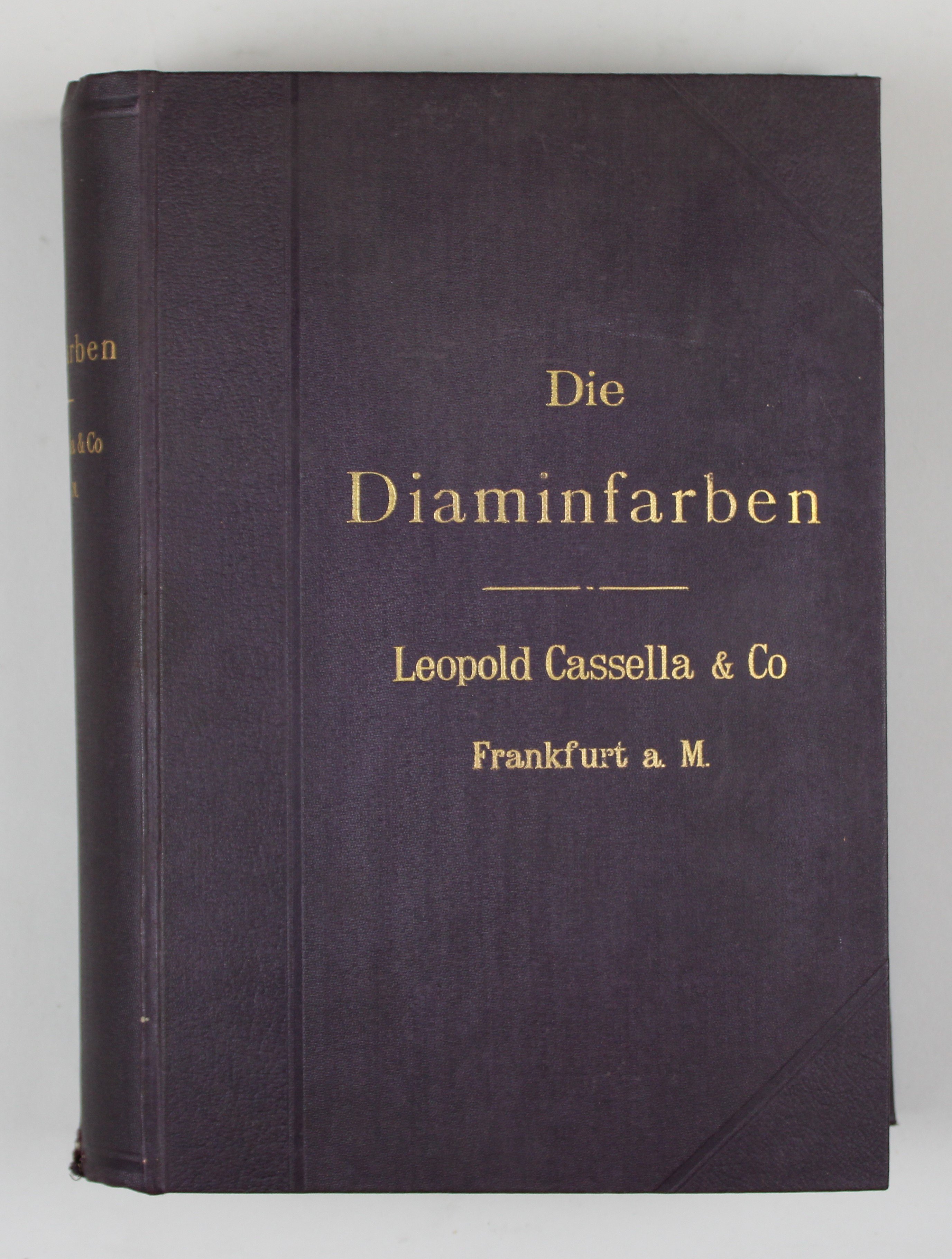Das Buch trägt den Titel: Die Diaminfarben der Farbenfabrik Leopold Cassella & Co Frankfurt a. M.; ihre Eigenschaften und ihre Anwendung in der Färberei und Druckerei. Bearbeitet von A. Kertesz Leiter der Versuchsfärberei. Herausgegeben im Eigenverlag von Leopold Cassella & Co Frankfurt a. M. 1895/96. Es beinhaltet u.a. zahlreiche Farbproben auf Textil bzw. Garn. Das Buch stammt aus dem Besitz von Gustav Linke der 1893-1897 eine Ausbildung an der Oberlausitzer Webschule absolvierte, im Haus Breite Aue 23 wohnte und als Geschäftsgehilfe tätig war.
en

